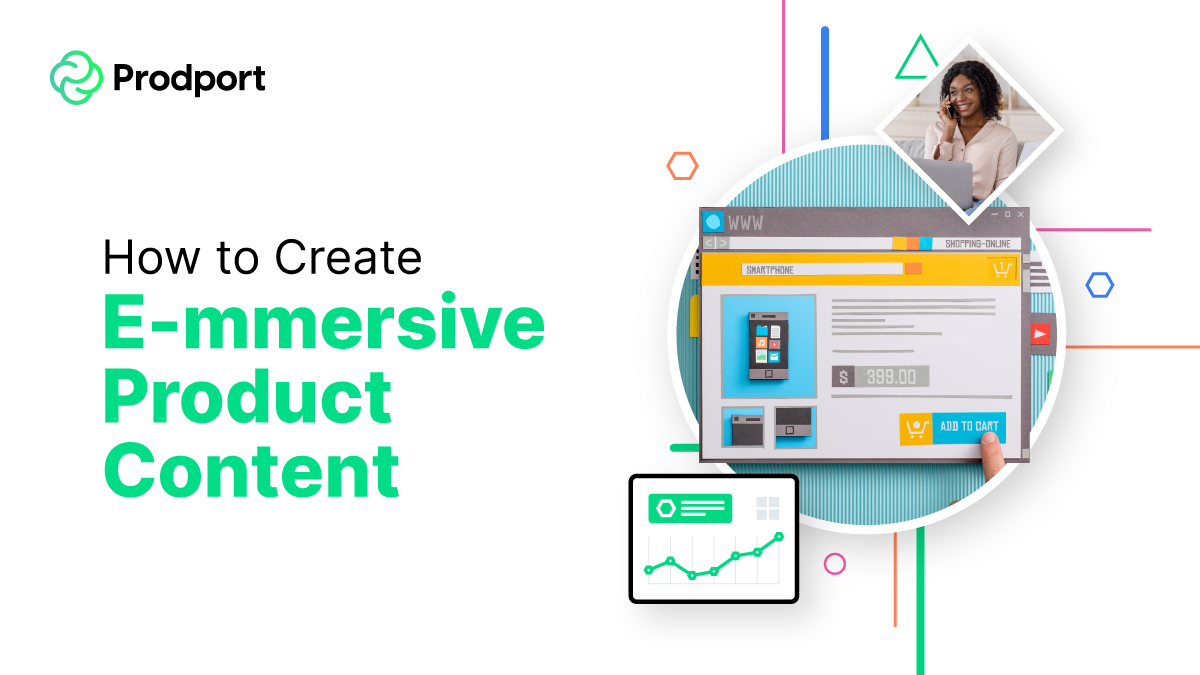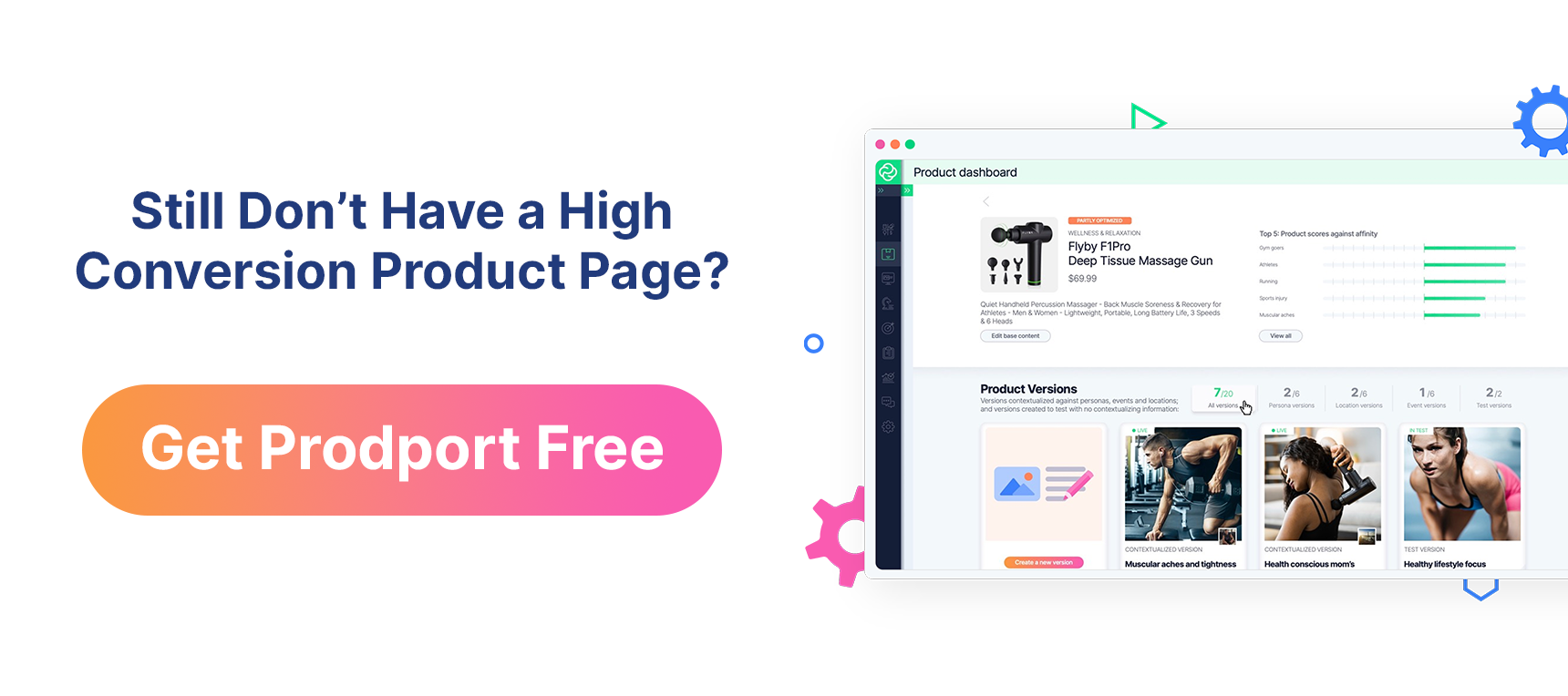Our vision is to enable companies to create end-to-end personalized product experiences, thereby bridging the last gap between adverts and product detail pages to drive revenue and brand power. Bringing together immersion as the desirable content approach and e-commerce as the ultimate goal of any product-focused business, we define e-mmersive product stories as a successful concept for inspiring even heterogenous audiences in a way that boosts conversion rates, online sales, and customer experiences.
Many companies struggle to deliver such product content, and the fading use of cookies due to an increasing number of restrictions makes things even more difficult for marketeers. At the same time, customers have increasing expectations when it comes to the delivery and presentation of product content. Times are challenging as companies look for new ways to personalize their messages, thereby making them more relevant for different audience types. At Prodport, we developed a powerful yet lightweight solution that helps organizations understand their target groups and execute on the insights in the blink of an eye.
Get to know your audience
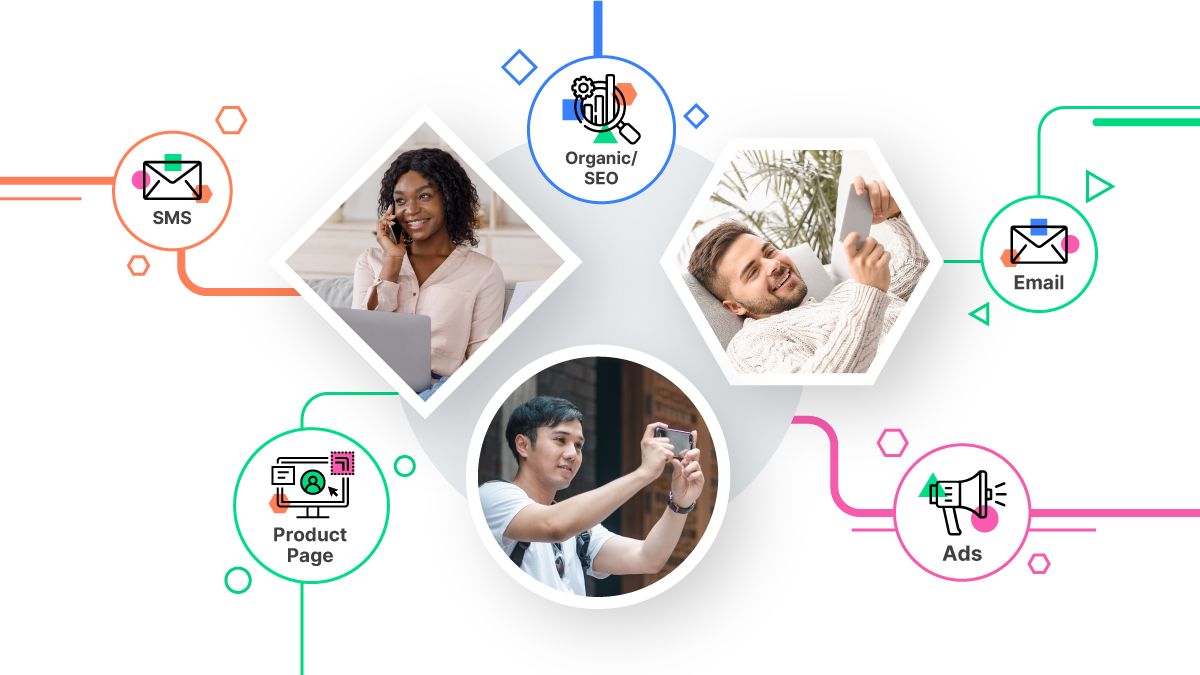
To delight people, you must first understand what they like, what they are interested in and what attracts them. In a more and more cookie-less world, alternative analytics are emerging that help companies get to know the preferences and profiles of their audience as well as learn about the latest product trends. Typical sources of such information are product reviews, social media channels, competitors, and influencers.
However, initial learnings are only the starting point. It is essential to continually optimize your communication by constantly testing the performance of your products in the entire online commerce environment. Implementing tweaks of copy, message, and design elements to adapt to changing preferences and user behavior helps you remain relevant for different target groups.
Apply insights to your product content
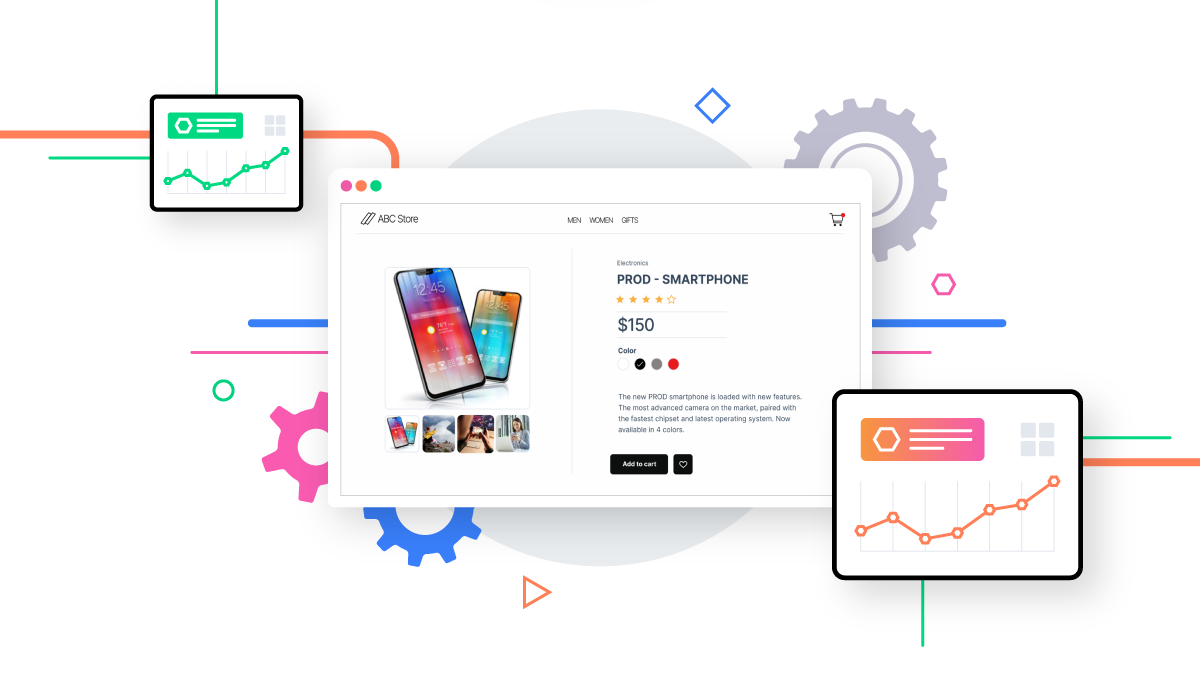
It is imperative to adjust communication elements to test results for constantly optimizing the way the audience is addressed. AI-driven tools not only help to understand the motivation of a target group but can also be used to generate new and adapted copy as well as visuals. This way, product content optimization can be entirely automated, which saves resources and speeds up time-to-market of new product content.
In the ever-changing digital commerce environment, it is impossible for marketing teams to manually check all the relevant platforms and websites for hints of product trends or new customer profiles. Intelligent technology does that in an instant for hundreds of sites and provides accurate results that fuel the effectiveness of product communication.
Deliver tailored experiences throughout the customer journey

When it comes to the personalization of product content, many companies rely exclusively on communication fragments such as social media ads. However, the real magic happens only when the entire customer journey is consistent and smoothly converts prospects into buyers. Even if the website is optimized in a way that directs different target groups according to their preferences and interests, the immersion usually comes to a sudden halt when visitors arrive at the product detail pages.
The last mile of activation looks the same for all visitors – no matter what their journey may have looked like. The risk of visitors bouncing off due to the inconsistency in how the product story is told must not be underestimated. Instead, companies should care about delivering the same product experience to delight their audience, increase conversion rates and turn new prospects into loyal and returning customers.
Why flexibility matters
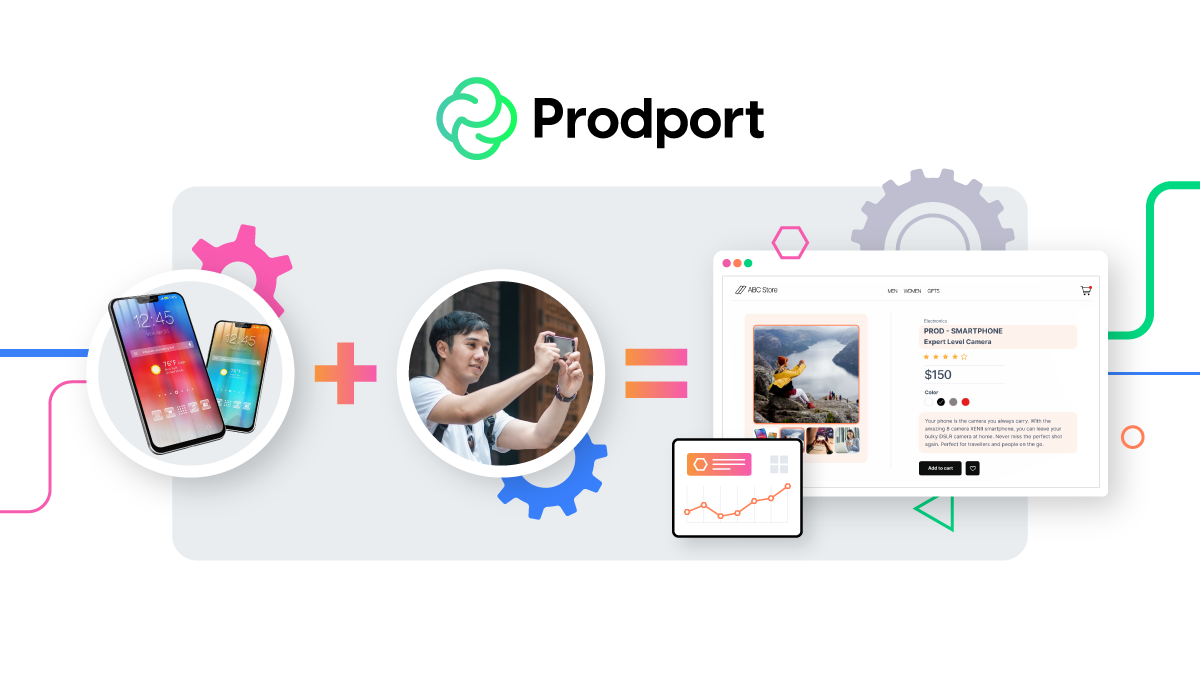
Prodport was developed with this exact goal in mind: closing the gap between a personalized customer journey and successful checkout. One key element in achieving this is flexibility. Instead of building a range of static product detail pages with different product stories, Prodport relies on dynamic website content elements that automatically adopt individual user traits and naturally combine with themselves to smoothen the customer experience. This way, marketeers do not need to produce dozens of different product detail pages with only minor changes, but can individually compose copy, product information, design elements, and visuals.
At the same time, Prodport provides a headless API through which it agnostically integrates with all kinds of product data sources such as PIM or DAM as well as with any e-commerce solution to bring value to every business – no matter what its existing infrastructure looks like. Prodport also offers native integrations with various systems so that no first-party data is required to be stored within the application. This way, Prodport fits into any environment while providing unprecedented speed and power to product content.
